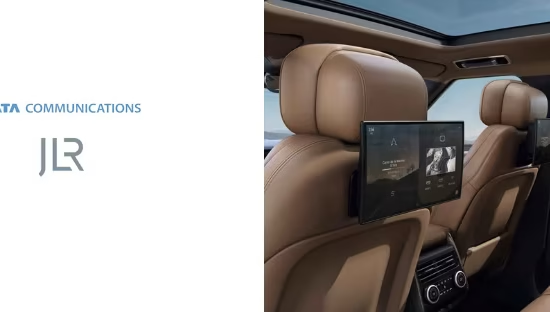
Is Starlink Ready for the Rails? The Reality of Satellite Internet on German Trains
In an era where staying connected is essential, Starlink train WiFi promises to transform travel by delivering high-speed internet via satellite. Already making waves in the aviation industry, Starlink has partnered with major airlines like Hawaiian Airlines, JSX, and United to offer reliable inflight connectivity. Now, it’s setting its sights on railways, with recent tests on German trains sparking discussions about the future of onboard internet. While the technology holds immense potential, is it ready to handle the unique challenges of high-speed rail travel?
Let’s dive in.
The Starlink Promise: Space-Based Connectivity
Starlink’s satellite-based internet aims to overcome the limitations of traditional ground-based connectivity. Instead of relying on cell towers or cables, Starlink’s low Earth orbit (LEO) satellites beam internet down to Earth, even in remote or underserved areas. This approach theoretically makes it ideal for trains traversing rural regions, where cellular coverage often falters.
With its satellites orbiting just 550 kilometers above Earth—much closer than traditional geostationary satellites—Starlink offers the potential for reduced latency and high-speed internet, even on moving vehicles. But in practice, the technology faces several hurdles.
Deutsche Bahn’s Verdict: Not Market-Ready
German railway operator Deutsche Bahn recently tested Starlink’s performance on high-speed trains in collaboration with Icomera, a company specializing in onboard connectivity. While the tests demonstrated the potential of satellite internet, they also highlighted significant limitations that make it unsuitable for immediate deployment.
Key findings include:
- Inconsistent Connectivity: Maintaining stable internet at speeds exceeding 200 km/h proved challenging, particularly in tunnels and rural areas with limited satellite coverage.
- Reliability Issues: Handoffs between satellites sometimes resulted in connection drops, making it difficult to provide an uninterrupted experience for passengers.
- Technical Hurdles: The integration of satellite technology with existing onboard systems like Wi-Fi routers and antennas requires further refinement.










